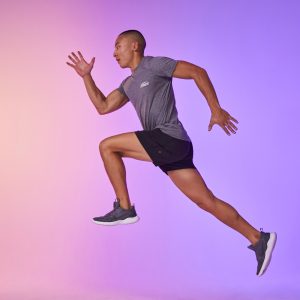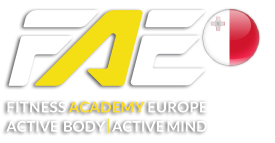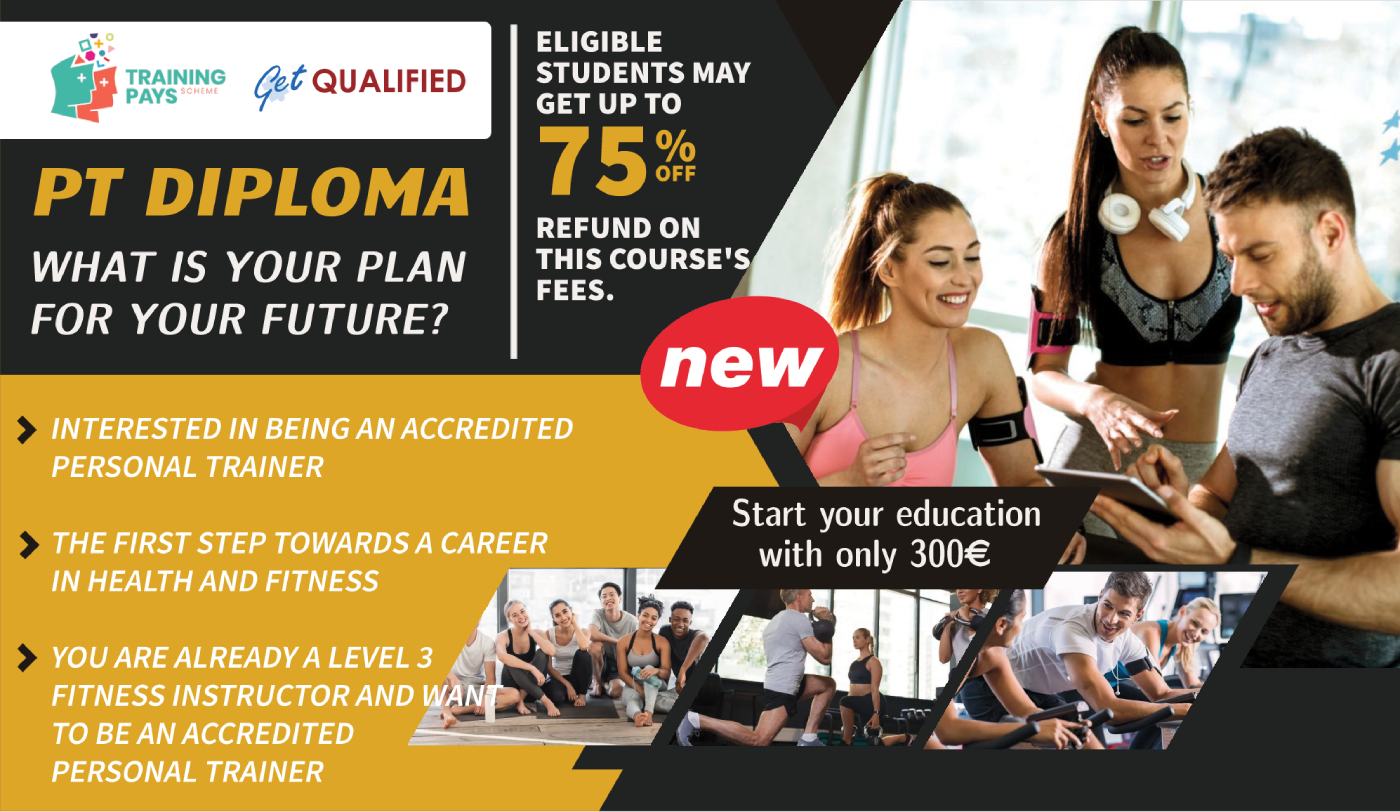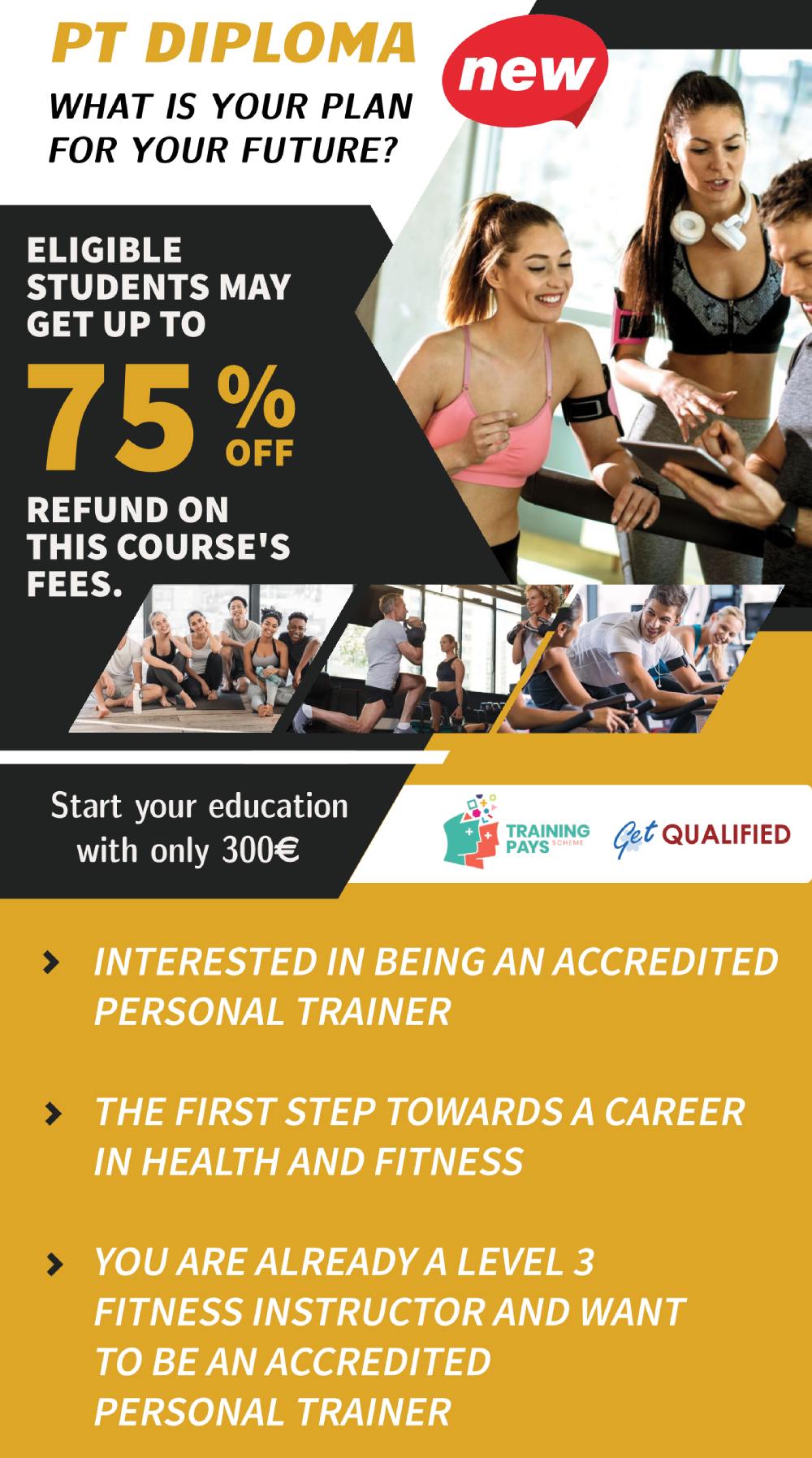- Time to qualify:6-8 weeks
- Entry requirements: no entry requirements
- Course style: online learning

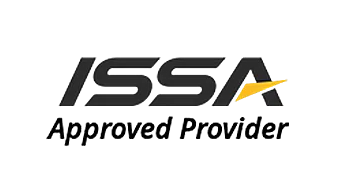
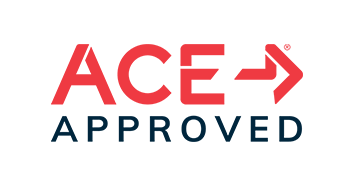

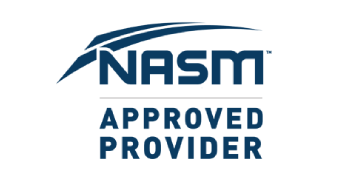
Certified Wellness Coach
Craft a Holistic Approach to Health and Wellness
Ready to Spark Transformation? Become a Certified Wellness Coach. NASM’s program equips you to guide yourself and others on a journey to holistic well-being. Master a proven approach to create lasting change, fueled by empathy and confidence.
- Learn our 5-pillar approach to holistic wellness
- Help clients achieve mental, emotional, social, and physical well-being
- Practice wellness coaching scenariosin a guided and risk-free environment
- Join the rapidly growing$7 trillion wellness industry
- Self-paced online programmakes it easy and convenient to launch your new career
- CEUValue: 1.9 NASM
Course Overview
NASM-CWC
What You’ll Learn
The NASM Certified Wellness Coach course provides comprehensive training to equip individuals with the skills needed to effectively guide clients towards improved overall wellness. This program covers essential aspects of wellness coaching, including understanding the foundations of wellness, effective coaching methodologies, behavior change, and motivational strategies. Students will learn to manage nutrition, optimize lifestyles, reduce stress, and promote mental health. The course also emphasizes holistic wellness practices, professional development, and building a successful coaching business.
- Introduction to Wellness Coaching
- Coaching Strategies and Behavior Change
- Nutrition, Lifestyle, and Stress Management
- Holistic Practices and Mental Health
- Client Assessment and Goal Setting
- Professional Development and Ethics
- Building a Wellness Coaching Business
- Ongoing Professional Growth


A high school degree and basic communication skills are required, along with physical fitness and training experience.
The CWC course is fully endorsed by NASM (1.9)

Getting Started with Us
The Wellness Coach Certification program covers a broad range of topics to help you guide clients on their individual well-being journey that includes many different aspects of health. A content- and media-rich program covers the pursuit of wellness through movement, mental and emotional well-being, nutrition, and coaching.
When you choose NASM to become a Certified Wellness Coach, you’ll get access to:
- World-class movement, psychology, nutrition, recovery, and coaching experts
- Peer-reviewed content from the brightest minds in their respective fields including health psychology, nutrition, movement, positive psychology, sleep, stress, and so much more
- State-of-the-art digital learning platform designed to meet you where you are
- Coach’s toolkit with all the forms and templates you need to confidently perform client intake, conduct sessions, and manage the client/coach relationship
- A curriculum that is consistently reviewed and updated with the most up-to-date material available
See the full Certified Wellness Coach curriculum here.
NASM’s online program makes becoming a Certified Wellness Coach as easy and convenient as can be. By completing the self-guided study materials at your own pace, you can become a Certified Wellness Coach and begin working with clients in as little as 4-6 weeks.
To become an NASM Certified Wellness Coach, you simply have to:
- Register in the CWC program.
- Complete the self-guided online study materials in your own time from the comfort of home.
- Pass the certification exam.
After completing the study materials, you’ll take an online exam to become a Certified Wellness Coach. This exam features:
- 100 multiple-choice questions
- 120 minutes to complete
- Open-book format
- 70% required to pass
- 3 test attempts included
NASM has over 35 years of experience training the world’s top health, fitness, and wellness professionals, and we do it better than anyone else. NASM credentials stand out to employers and distinguish you as a highly trained fitness professional.
Customize your Payment Plan
All payment plans are 0% interest, with no fees, penalties or credit check!
starting at:
Total: $2000
1000 * 2 Payments
- Advanced Program in Wellness Coaching
- 100% Online & Self-Paced Program
- State-of-the-Art Digital Learning Platform
- Written and meticulously reviewed by esteemed experts in group fitness, human performance specialists, and other leading authorities in the field, ensuring comprehensive and authoritative content.
- Includes an array of instructional videos, graphics, handouts, and practice quizzes to ensure you'll master the concepts and provide superior services for your clients.
- Coaching Demonstrations
- Online Practice Exam and CWC Final Exam
- 1.9 NASM CEUs
- Certificate Upon Passing Exam
- Live Online Webinars
- Expert-Led Support
- Exercise Database and Library (+6000 exercises)
- FREE NASM CPDs
- Post-graduation Career And Business Resources: (Website Builder,client Management,client Calendar, Client Payments,client Communications,client Business Evolution,client Online Classes, Client Automation,client Bookings, Team Management,client Documents, Customized App,workouts Planner, Nutrition Planner)

Why Become a Certified Wellness Coach
-
Impact Lives:
Help clients achieve better physical, mental, and emotional health.
-
Growing Demand:
Tap into the expanding wellness industry with increasing job opportunities.
-
Career Flexibility:
Work in various settings and offer services both in-person and online.
-
Career Opportunities:
Open doors to a wide range of fitness career paths in various settings.
-
Skill Development:
Gain expertise in nutrition, stress management, and holistic wellness.
-
Professional Recognition:
Enhance your credentials and stay updated with industry trends.
-
Personal Fulfillment:
Experience satisfaction from helping clients reach their wellness goals.
-
Financial Potential:
Benefit from competitive income and entrepreneurial opportunities.
-
Holistic Approach:
Promote a balanced and comprehensive approach to overall well-being.
Get Certified In 4 Steps
1
Register & Prepare
Choose your package, register, and start your self-study with the course materials and gain the theoretical knowledge to support the practical skills learning taught in the live course.
2
Attend the Course
Attend the live course (in-Person or virtual) and apply your knowledge while learning high-performance practical skills, and getting expert advice, feedback, coaching.
3
Pass Your Exams
You have 365 days from enrollment to complete the final exam, which has 100 multiple-choice questions. The exam lasts 90 minutes, and you need a 70% to pass. You get 3 attempts, with additional retests available for purchase.
4
Download Your Certificate
Welcome to the world of Fitness Professionals.
What are the Objectives of this course?
- Understand Wellness Coaching Fundamentals:Learn the core principles and roles of a wellness coach.
- Master Coaching Methodologies:Develop effective coaching strategies and techniques for client engagement and behavior change.
- Apply Nutrition Knowledge:Integrate nutrition principles to support clients’ health and wellness goals.
- Manage Lifestyle Factors:Address lifestyle optimization, including physical activity, stress management, and sleep.
- Enhance Mental and Emotional Health: Implement strategies to support clients’ mental and emotional well-being.
- Conduct Client Assessments: Perform comprehensive assessments to set and track client goals.
- Maintain Professional Standards: Adhere to ethical guidelines and professional practices in wellness coaching.
- Build a Coaching Practice: Develop skills to establish and grow a successful wellness coaching business.

Curriculum
A fitness credential is recommended but is not required for the Wellness Coach Certification.
Chapter 1: Introduction to Wellness
Explore the meaning of wellness and the relationship between its various components, as well as the role of the wellness coach and their defined scope of practice.
Chapter 2: Scientific Principles
This section introduces the importance of evidence-based practices, the scientific method and basic scientific principles and methodology. Evaluate sources of information for credibility, reliability and validity and connect these to safe and effective strategies for clients.
Chapter 3: Foundational Coaching Concepts
Explore the role of coaching, relevant brain science, the various components of self-efficacy and behavior modification strategies as it relates to coaching and wellness.
Chapter 4: Rapport and Communication
Read about specific techniques to put clients at the center of the conversation and how building rapport is the core of a successful coach client relationship.
- 4 Infographics
- 10 Videos
- 4 Knowledge Checks
Chapter 5: Introduction to Movement for Wellness
Explore ways to assess your client’s past, current and ideal future relationship with movement as it relates to wellness.
Chapter 6: Movement for Physical Health
Review the various physical benefits of movement and exercise and discuss how these benefits align and support client’s goals and needs.
Chapter 7: Physical Recovery and Regeneration
This section introduces the concept of physical recovery, what it is, how it’s facilitated, the tools available to facilitate it and the relationship between physical intensity and appropriate recovery time.
Chapter 8: Movement for Mental and Emotional Wellbeing
Read about the motivations and direct benefits of movement and exercise on mental and emotional wellbeing.
Chapter 9: Coaching Movement for Wellness
This section looks at client’s obstacles and barriers as it relates to movement and explores the most effective strategies and goals in establishing and maintaining a purposeful movement program.
- 4 Infographics
- 20 Videos
- 5 Knowledge Checks
- 4 Printable Handouts
Chapter 10: Introduction to Brain Health
This section introduces what brain health and psychological wellness are, the role they play in wellness, individual differences in brain health and psychological wellness and when a coach will need to refer a client out to another professional.
Chapter 11: Emotion Processing
Explore how emotions are processed in the brain, the involved brain anatomy, how body signals influence emotion processing and some of the emotion regulation strategies.
Chapter 12: Stress
This section introduces the different types of stress, how stress is processed in the brain and the different pathways of stress and their products. This section will also look at the relationship between stress and brain processes and different factors that can influence stress response.
Chapter 13: Cognitive Processing and Performance
This section looks at how the brain learns and remembers, how learning and memory are influenced by body states and attentional demand and how pain and stress influence cognitive processes.
Chapter 14: Sleep
This section discusses sleep as basic hygiene, sleeps role in recovery and regeneration, sleep stages and architecture and sleep chronotypes. In addition, this section will look at the importance of the different sleep pillars, the differentiating roles of NREM and REM sleep and factors that either impair or promote sleep.
Chapter 15: Psychological Recovery
This section will introduce the concept of psychological recovery within the scope of a wellness coach, look at the relationship between one’s cognitive state and physical state and discuss appropriate methods for facilitating psychological recovery.
Chapter 16: Social Wellness
This section discusses the relationship between social interaction, the brain and wellness including, loneliness, social evaluation, social buffering and social media. This section will also explore how humans process empathy, prejudice, attachment, and trust.
Chapter 17: Coaching the Brain
Explore the concepts of homeostasis and allostasis as it relates to wellness coaching and discuss how concepts such as empathy, trust, effective praise, social buffering, and social evaluation can be applied in coach-client relationships. This section will also discuss stress reduction strategies, methods for improving sleep, the role of exercise in brain health and psychological wellness and coaching techniques for influencing cognition and mindset.
- 10 Infographics
- 24 Videos
- 8 Knowledge Checks
- 4 Printable Handouts
Chapter 18: Introduction to Nutrition
This section covers the role nutrition plays in wellness, what a healthy dietary pattern is, and the difference between eating for wellness, performance and weight loss all within the scope of practice for wellness coaches.
Chapter 19: Nutrition Basics
This section covers the role of hydration, macronutrients and micronutrients in overall health, how energy balance influences body composition and health, the role exercise plays in nutrient needs and how alcohol consumption influences overall health.
Chapter 20: Healthy Dietary Patterns
This section covers general recommendations for macro and micronutrient consumption, the role culture, dietary restrictions and food preferences has on overall dietary choices and what common characteristics make up a healthy dietary pattern.
Chapter 21: Nutrition Myths and Misconceptions
This section covers fad diets and diet myths and how to identify them, why fad diets, supplementation, and products are ineffective and potentially harmful, and how to effectively address client questions and diet misconceptions.
Chapter 22: Influence of Diet on Long-Term Health
Explore the role of diet in chronic disease risk, how diet may influence the microbiome and chronic inflammation and the benefits of diet beyond its nutritive value.
Chapter 23: Acute Effects of Diet
This section covers digestive responses to different nutrients, the influence of nutrients on satiety and satiation and the effects of different exercise on the body during and post exercise.
Chapter 24: Dietary Strategies for Health
Explore habits and behaviors that influence health, the differences between a flexible and rigid dietary pattern, the rationale for weight-neutral interventions and the effects of meal timing in health including different fasting protocols.
Chapter 25: Dietary Strategies for Weight Loss
This section looks at the influence on weight loss to health, the relationship between energy balance and body mass, healthy dietary strategies to facilitate weight loss and factors that may determine the maintenance of weight loss.
Chapter 26: Supplementation
This section looks at the role of supplementation to a healthy diet, when it’s appropriate and how to determine the efficacy and safety of supplements.
Chapter 27: Nutrition Coaching
This section looks at general dietary and supplementation strategies based off efficacy and safety, how to prioritize strategies within the context of client goals and health, how to implement these strategies through inclusive language around nutrition, body composition, awareness of client limitations and opportunities, and how to monitor clients progress and make necessary adjustments.
- 12 Infographics
- 18 Videos
- 10 Knowledge Checks
- 3 Printable Handouts
Chapter 28: Becoming a Wellness Coach
This section looks at the benefits of wellness coaching, key characteristics of effective coaching, the mindset of coaches and personal experiences with wellness coaching.
Chapter 29: Wellness Coaching Theory
This section looks at self-efficacy and its factors, self-determination theory and its role in coaching, shame resilience theory and how to address and work with shame, and how these theories intersect.
Chapter 30: Tools in Practice
This section explores motivational interviewing and its role in wellness coaching, the anatomy of a goal and how to effectively set goals, and tools for assessment and application for client goals, desired behaviors or needs.
Chapter 31: Self-Awareness as a Coach
This section looks at coach self-awareness by evaluating personal biases, developing a unique coaching philosophy highlighting coach strengths, skills and experience and how to look for mentorship or additional opportunities for support and guidance.
Chapter 32: Session Readiness
This section looks at the structure of a coaching session, the importance of consistency in coaching, how time management builds trust in a coaching session and ethical standards for coach client engagement.
Chapter 33: New Client Intake and Creating a Wellness Plan
This section looks at intake processes for both new and ongoing sessions and tools and approaches to create a wellness plan aligned to goals or desired behaviors.
Chapter 34: Facilitating Ongoing Sessions
This section looks at the importance of monitoring in coaching sessions, tools to support monitoring, considerations for when a wellness plan needs change and approaches to working with challenging clients and addressing shifts in client needs.
Chapter 35: Closing out the Plan
This section discusses when a goal or phase of coaching is complete and how to close out that phase or end the coaching relationship.
- 4 Infographics
- 28 Videos
- 8 Knowledge Checks
- 36 Printable Handouts
After the completion of the course, you will take an online final exam from the comfort of your own home, or wherever you prefer to take tests. The test consists of 100 multiple-choice questions. The exam is timed and cannot exceed 120 minutes. To pass, you need a score of 70% or higher.


The course includes:
- 1.9 NASM CEUs
- Live Online Workshops
- State-of-the-Art Digital Learning Platform
- Includes an array of instructional videos, graphics, handouts, and practice quizzes to ensure you'll master the concepts and provide superior services for your clients.
- Coaching Demonstrations
- 180DaystoComplete the Final Exam
- Course content 100% Online; Access on All Devices
- Certificate Upon Passing the Exam
CERTIFIED WELLNESS COACH FAQS
As one of the most trusted sources of fitness training certifications in the world, NASM is a distinguished name that will stand out to employers. When you choose NASM for your health and wellness education, you’ll get access to world-class experts and so much more:
- Peer-Reviewed Content from the Brightest Minds in the Industry
- State-of-the-Art Digital Learning Platform
- Programs Designed to Meet Multiple Learning Styles
- 35+ Years Of Experience Training Fitness Professionals
- 1.5M+ Professionals Trained
- 100+ Countries with NASM and Coach Professionals
- Partnerships with Fitness Facilities, Professional Sports, and Academic Institutions
Other credentials (such as the Personal Trainer Certification, Nutrition Coaching Certification, or Behavior Change Specialization) are helpful but not required to take the NASM CWC program.
You can complete your wellness coach certification in as few as 6-8 weeks. In addition to its interactive multimedia-rich content, learning tools, resources, and comprehensive study-planning guide, you can also receive assistance from NASM experts when questions arise.
Absolutely! You can complete this program and become a Certified Wellness Coach while also working full-time. The study material is 100% online and self-paced, and can be accessed on a computer, or a mobile device such as a phone or tablet.
NASM CWC is approved for Continuing Education Units (CEUs) by the following organizations:
![]() 1.9 CEUs
1.9 CEUs
 15 CEUs
15 CEUs
The final exam is administered online within your student portal. There are 100 multiple-choice questions and you'll have 120 minutes to complete it. A score of 70% or better is required to pass.
You have 365 days from the date of purchase to complete your final exam. If you need an extension or a retest, you can purchase one by calling Member Services at 1-800-460-6276.
You will have 3 attempts to pass your final exam. If needed, you can purchase additional retests by calling Member Services at 1-800-460-6276
To maintain your certification, you must submit 1.9 CEUs (continuing education units) every two years. Unlike other NASM renewable credentials, the CWC will NOT require a renewal application fee. However, credential holders will be responsible for any applicable late fees.
You do not need prior experience before taking the AFAA GFI course. To sit for the exam, you must have a high school diploma or equivalent, and you must have current Emergency Cardiac Care (CPR) and Automated External Defibrillator (AED) Certification.
The AFAA GFI certificate is the foundation of a group fitness instructor. You will learn the latest instructional techniques, coaching skills, and leadership strategies for teaching safe, effective, and enjoyable group fitness classes no matter what the format is.

Join us at Fitness Academy Europe and embark on an inspiring journey toward becoming a NASM-certified fitness specialist. Your gateway to a thriving career in the fitness industry begins right here, right now. Let’s make your fitness dreams a reality together.
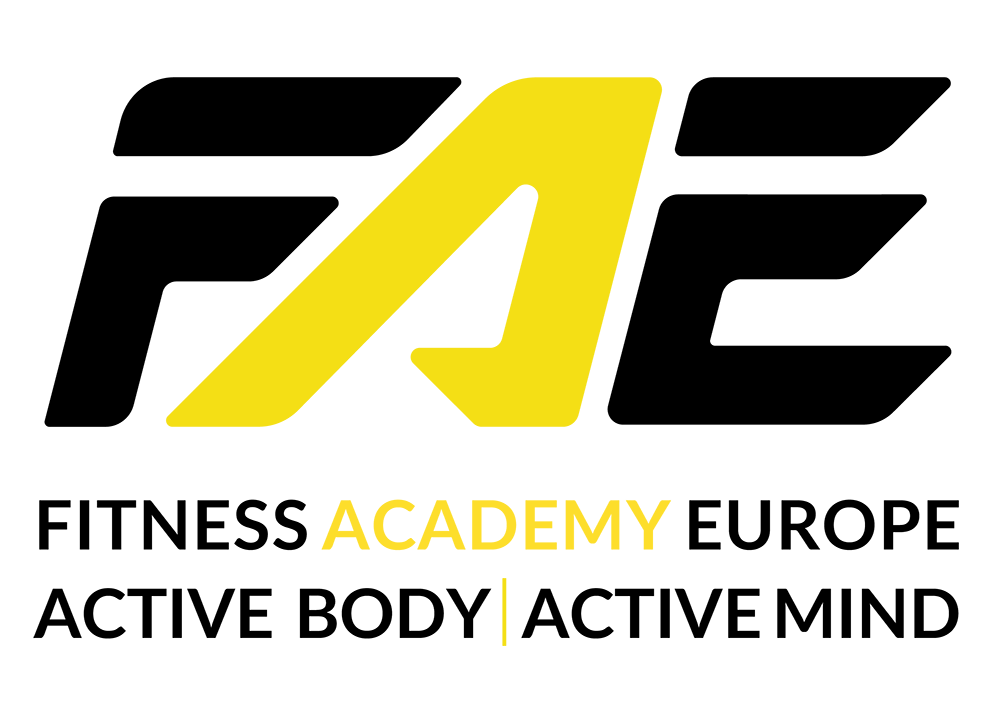

START YOUR JOURNEY JOURNEY TODAY
Get in touch with us now and start your path towards personal and professional growth. Complete the form below and receive a call back from our team.
